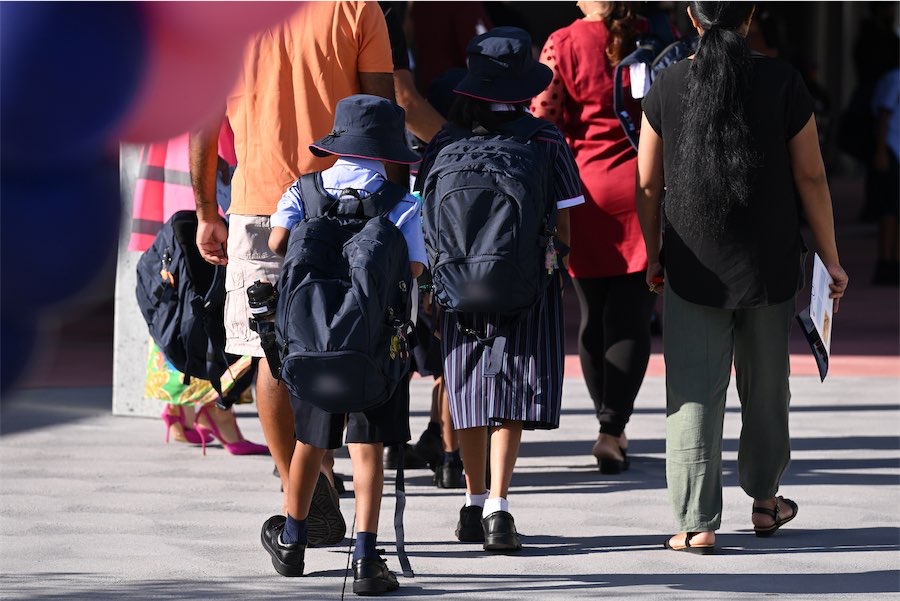
By Abe Maddison
Funding gaps between public and private school students of up to $7282 per child must be urgently addressed, the Australian Education Union says.
The union has released a report based on school finance data that shows more than half the nation’s private schools receive more combined government funding per student than comparable public schools.
On average, each private school will receive $462 per student above their full Schooling Resource Standard in combined government funding in 2024, while every public school will be underfunded by $2509 per student, the report says.
The findings underlined the urgent need for public schools to be fully funded by all governments, the union’s federal president Correna Haythorpe said.
“This unfair private school funding advantage translates into a school resourcing and staffing advantage and has fuelled a private school capital works boom while at the same time denying public schools the recurrent funding needed to attract and retain teachers and to address the high level of student needs in the classroom,” she said.
School funding for the next decade is now negotiated between governments.
The report’s main recommendation is that every school be funded at 100 per cent of the resource standard.
This would be achieved by replacing the 20 per cent cap on Commonwealth resource standard contributions to public schools with a 25 per cent floor and ensuring state and territory governments met their 75 per cent share of the standard.
Education Minister Jason Clare has signed an agreement that fully funds WA schools.
“I want to do the same sort of deal across the rest of the country and I’ve got $16 billion to do it,” he will tell the NSW Secondary Deputy Principals’ Association on Friday.
He said it was not a panacea, nor was it a blank cheque, and has made it clear the offer would lapse by the end of September if states and territories did not sign up.
“This funding is going to be tied to the sort of things to help turn around the current decline in students finishing high school,” he said.
The decline in public students completing Year 12 “keeps me up at night” and “we have got to turn this around”, he said.
“Fixing the funding of our public schools is a chance to do something about this,” he will say.
In October, Mr Clare will introduce legislation to axe the 20 per cent federal funding cap “and make that a floor to build upon”.
In 2022, 56.3 per cent of private schools (1550) received more federal and state funding per student than comparable public schools, the union report found, compared to 45 per cent (1146 private schools) in 2013.
“Since 2011, governments have lost their way with school funding, with the gap in total government funding between individual private and public schools now as high as $7282 per student,” Ms Haythorpe said.
Who can be trusted?
In a world of spin and confusion, there’s never been a more important time to support independent journalism in Canberra.
If you trust our work online and want to enforce the power of independent voices, I invite you to make a small contribution.
Every dollar of support is invested back into our journalism to help keep citynews.com.au strong and free.
Thank you,
Ian Meikle, editor
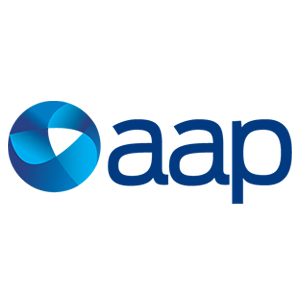
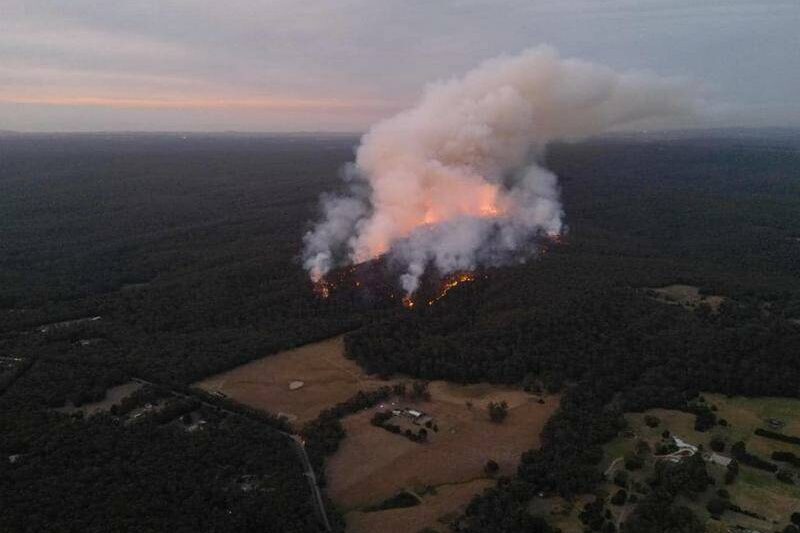
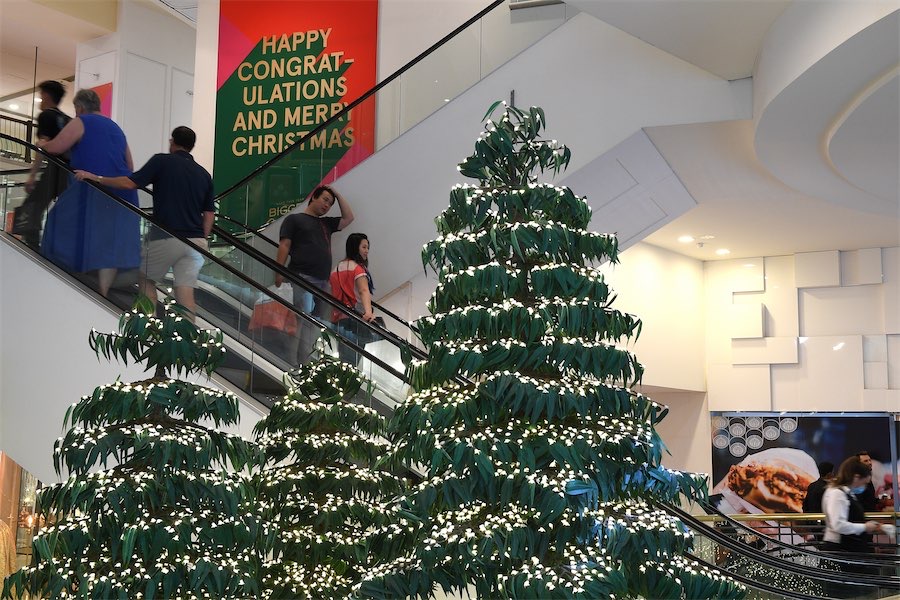
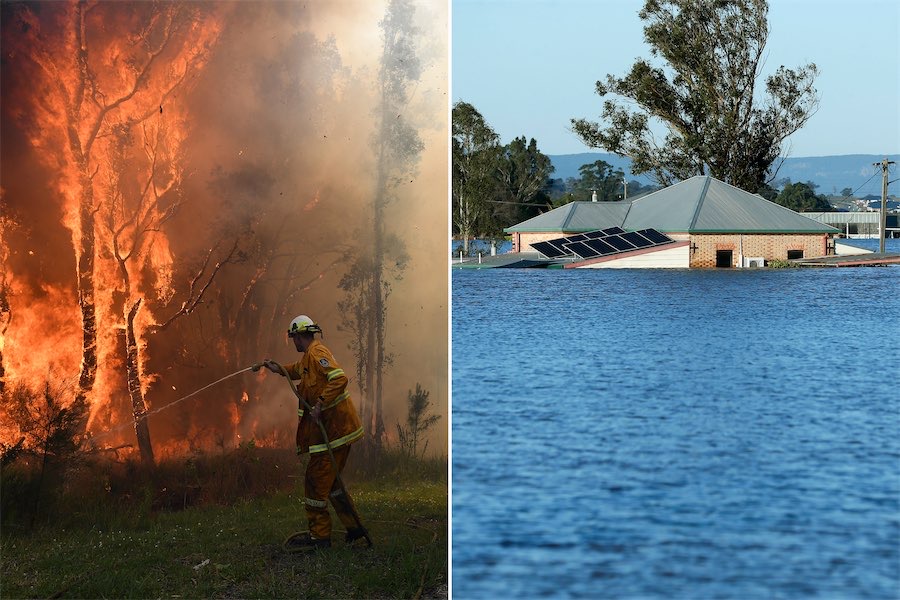

Leave a Reply